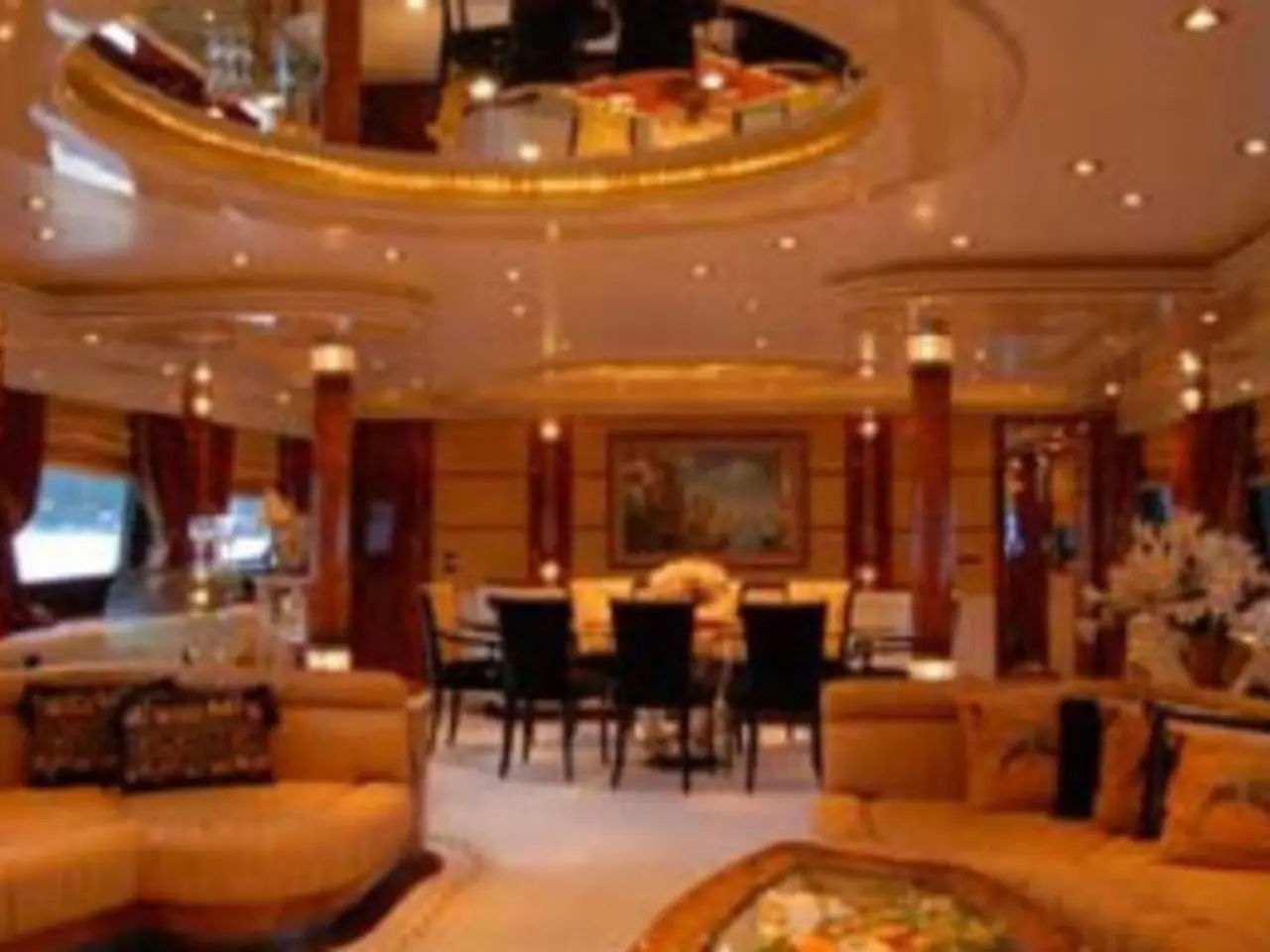Magical Island of Monasteries in the Atlantic: Mont-Saint-Michel, France's Enchanted Fortress
Mont-Saint-Michel, a small island commune in Normandy, France, is a UNESCO World Heritage site today, drawing nearly three million visitors annually. This remarkable location has been a significant part of European history for over a millennium.
The story of Mont-Saint-Michel began in the year 708, when Bishop Aubert of Avranches reportedly experienced a vision. This vision marked the start of a journey that would transform Mont-Saint-Michel into one of Europe's most significant pilgrimage sites by the 10th century. Benedictine monks moved into the island at this time, expanding the abbey and building a granite wall.
The Norman Duke Richard II celebrated his wedding within the hallowed walls of Mont-Saint-Michel, and French kings like Louis IX, Francis I, and Charles IX personally travelled to the site to pray. The architectural complex of Mont-Saint-Michel, with its unique blend of Gothic, Romanesque, and classical styles, embodies over a thousand years of religious, military, and cultural history.
The site's strategic location made it unconquered through centuries of wars, including the Hundred Years’ War. Its most iconic structure, the Norman-Gothic Abbey known as “La Merveille,” stands atop a rocky island, adding to its mystique and defense. Mont-Saint-Michel, despite giving the impression of defying time, has endured.
Restoration efforts began in the late 19th century, after Victor Hugo and others campaigned to preserve Mont-Saint-Michel, which had served as a prison until 1863. The French government managed the renovations, including constructing a long causeway in 1879 to improve visitor access. Monks returned in 1922, and the Benedictine order reclaimed the Abbey in 1966 for its 1,000-year anniversary, reviving its religious and cultural role.
As a UNESCO World Heritage site, Mont-Saint-Michel is recognised for its outstanding universal value. This includes its architectural ensemble combining Romanesque and Gothic styles, its elevated position contributing to its defense and mystique, its role as a pilgrimage and religious site since the 8th century, and the surrounding bay’s remarkable tidal environment, which adds to its natural and cultural importance.
Walking through Mont-Saint-Michel is a journey through centuries of European history. Today, it stands as an iconic tourist attraction, a testament to the rich heritage and pilgrimage traditions that have shaped it over the years.
Read also:
- Harsh Desert Environments Support Thriving Fruit Groves: Agriculture in Severe Climates
- One night of sleep deprivation can cause changes in our genes, according to a research study.
- Governmental personnel records to no longer include COVID-19 vaccine statutes of employees
- Threat of heart attacks on the rise due to intense heat and polluted air conditions





